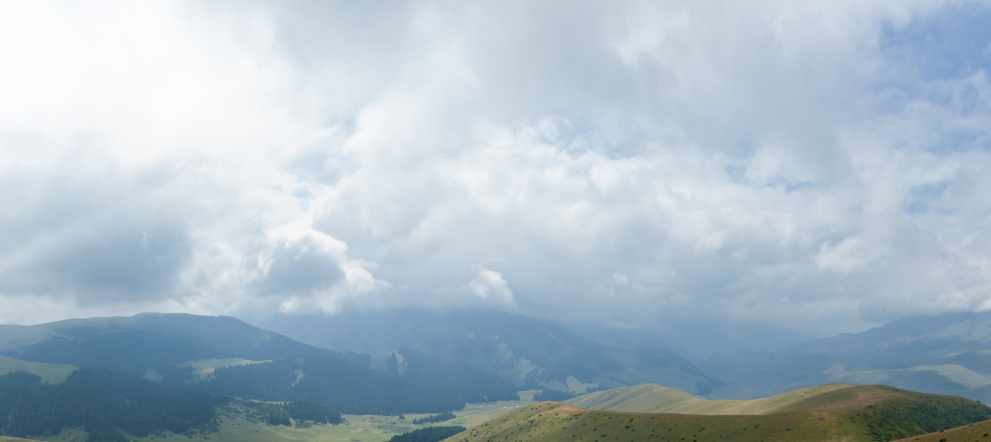




The semiotics of colour in Kazakh culture cannot avoid the term “ala” (colourful, multicoloured), which is characterised by a number of meanings. This cultural concept is one of the most interesting in Turkic culture. The polygonal Kazakh colour symbolises the world in the middle, life with all its shades: Good and evil, unity and discord, etc. Some experts believe that the term “ala” (spotted), which has a deep semantic-symbolic meaning in the Turkic (Kazakh) culture, is related to the worship of the ancient totem, a spotted horse deity, etc.
The meaning of the term “ala” is most evident in the context of ritual and ceremonial culture. Primarily, it refers to the rite of tūsau kesu (circumcision of a child’s foetus), in which the main attribute is a colourful rope, ala zhip. This is a colourful scourge woven from several woollen threads in different bright colours: white, green and red (sometimes black and white). Kazakhs have a widespread exhortation – “bireudin ala zhibin attama!”, which translates as “do not commit reprehensible deeds”.
In the orally transmitted poetic works of the Kazakhs, frequent reference is made to the colourful banner called “kök ala tu” (blue banner), “ala tu” (colourful banner) or “ala-shūbar tu” (fire-coloured banner). Probably, these colourful banners are connected with the mythical ancestor of Kazakhs, Alasha-Khan (ala from ala – colourful). This colour also gave its name to a traditional Kazakh woven Alasha carpet, which is characterised as a manifestation of multicoloured life and a representation of the uniqueness and originality of the artistic worldview. Another artistic manifestation of “ala” is pottery with chaotic undertones in different colours, called “ala guli or ala bulo” in the Central Asian region. It was believed that such objects do not accept the “eye”, that is, are not exposed to the evil eye.
The concept of “ala” is also reflected in traditional toponymy: Alatau (motley mountains), Alakol (motley lake), etc


